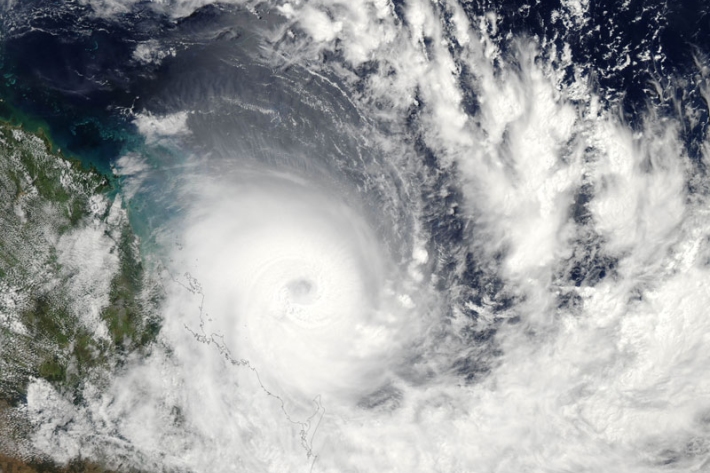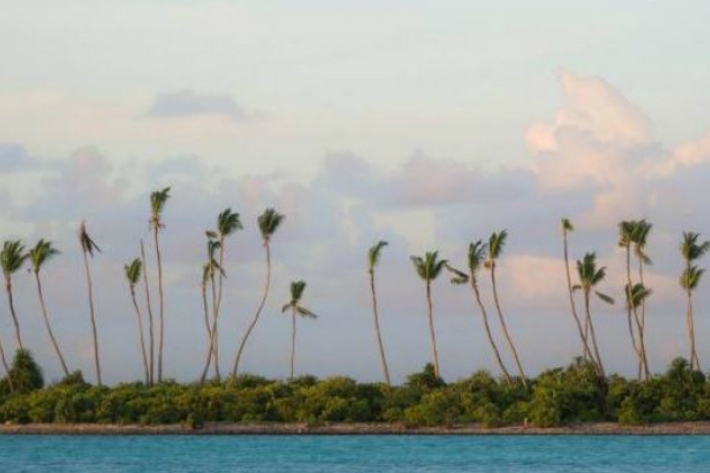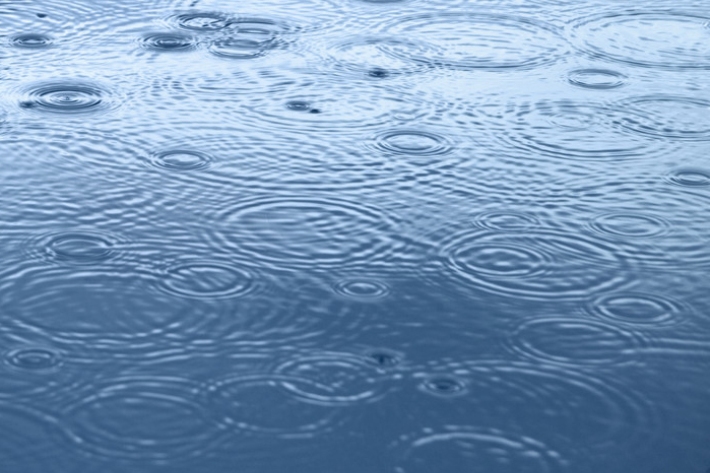NIWA undertakes climate services and research in and about the Southwest Pacific under the Climate Present and Past project.
Climate services
- The Island Climate Update is a monthly bulletin which works with Pacific Island Meteorological Services and produces a three-month forecast for many island nations.
- The NIWA Tropical Cyclone Outlook is released before the start of the Southwest Pacific tropical cyclone season (around October) each year. This outlook provides an estimate of tropical cyclone numbers for the season ahead, taking into account antecedent climate conditions such as the El Niño-Southern Oscillation and past seasons with similar characteristics. The outlook is compiled with assistance from other New Zealand and regional partner organisations.
Research
- Marsden Fund-supported work in Aitutaki, Cook Islands which analysed carbonate (coral, otoliths, clam shells) to create a climate chronology for the island.
- Kauri dendroclimatology
- The effect of the Madden-Julian Oscillation on New Zealand’s weather regimes
- Climatology of ex-tropical cyclone occurrence for Auckland
Click on the thumbnails below for more information about different aspects of Southwest Pacific climate and the work we do in each area in the Climate Present and Past project.
-

El Niño-Southern Oscillation
The El Niño-Southern Oscillation (or ENSO) refers to the effects of a band of sea surface temperatures which are anomalously warm or cold in a quasi-annual cycle that develops off the Pacific coast of South America and impacts climate and weather across the tropics and subtropics. -

South Pacific Convergence Zone
The South Pacific Convergence Zone is a band of convergence that splits from the Intertropical Convergence Zone and Western Pacific Warm Pool at the maritime continent and extends southeast as far as the Cook Islands. -

Tropical Cyclones
Tropical cyclones are tropical storms that are characterised by a low pressure centre, strong winds, and thunderstorms that produce heavy rain. -

Madden-Julian Oscillation
The Madden-Julian Oscillation (MJO) is the largest element of the intraseasonal (30-90 day) variability in the tropical atmosphere. -

Interdecadal Pacific Oscillation
The Interdecadal Pacific Oscillation, or IPO, is a large-scale, long period oscillation that influences climate variability over the Pacific Basin. -

South Pacific Rainfall Atlas
The South Pacific Rainfall Atlas (SPRAT) is a project that was supported by the National Oceanic and Atmospheric Administration (NOAA) to use the NIWA rainfall database and generate rainfall anomaly maps at the station and island group level for the Pacific Islands.
